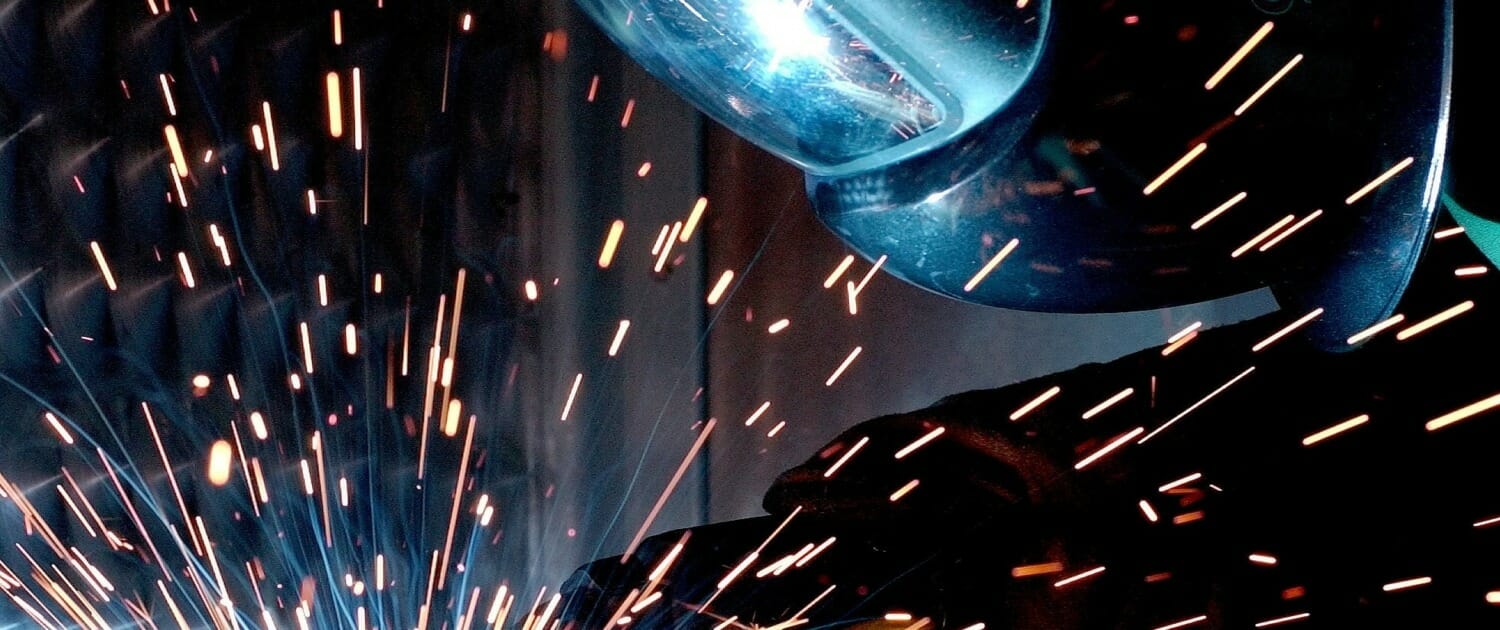Avery Koop with Visual Capitalist dives into the question: Does “Made in America” Still Matter to Consumers?
The significance of the “Made in America” label on products has fluctuated over the years, influenced by factors like China’s rise as an economic competitor. A survey conducted in May 2023 by Morning Consult with 1,000 U.S. adults revealed consumer sentiments regarding products made by American or Chinese labor and parts.
Around two-thirds of respondents said they actively sought out “Made in America” products over the past year. Different generational groups had varying preferences, with older generations being more patriotic in their purchasing choices. For instance, Baby Boomers favored American-made products the most (83%), followed by Gen X (71%), Millennials (67%), and Gen Z (45%).
On the political spectrum, both Democrats and Republicans had an equal share (76%) of respondents favoring American-made products. Independents were less enthusiastic about such products, with only 57% in favor. Independents also showed the lowest favorability (22%) towards Chinese-made products.
Approximately half of the surveyed consumers indicated a willingness to pay more for products made in America. Overall, the trend suggests that domestically produced goods are preferred by U.S. consumers. This inclination has prompted companies to consider reshoring or nearshoring production to satisfy this demand for “in-house” products.
Contact Us






Follow Us